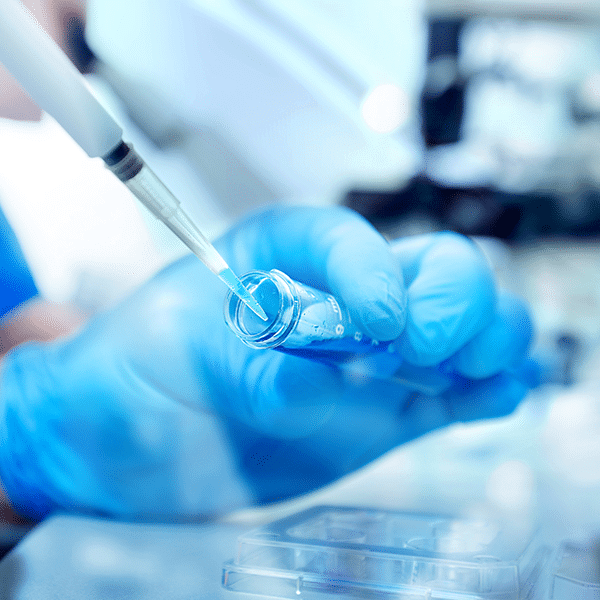
An IVF laboratory may on the surface be clinically sterile, but it can still be contaminated by VOCs coming from either source within the laboratory, neighboring rooms, or even the surrounding area. There are many different VOCs that can be found in an IVF lab, including formaldehyde, isopropanol, hydrocarbons such as xylene, and refrigerant components. Even though many airborne contaminants within a laboratory can be removed using high-efficiency particulate air (HEPA) filtration, this method alone will not eliminate VOCs.
The nature of the IVF process, more specifically the handling of the eggs, sperm, and embryos outside of the body, may result in exposure to toxic substances and airborne pollutants such as VOCs. Although human embryos are extremely robust and adaptable to their environment, studies show that exposure to VOCs can have a detrimental effect on the IVF success rates. Research indicates that when it comes to VOCs, levels of over one part per million (ppm) will lead to poor development of both mouse and human embryos.
HFEA regulations implement standards of air quality in laboratories where tissues are prepared for use in humans, including assisted conception facilities. Part of this is measuring and maintaining the air found in tissue laboratories with particle and microbial counts being done on a regular basis.
Ultimately, limitation and control of VOC build-up in the IVF laboratory have proven to be the most effective way of ensuring that the IVF laboratory has adequate functionality while minimizing any damaging effects on reproductive cells. This can be done in a number of ways:
- Room Separation
- Incubator Setup & Maintenance
- Furniture
- Out-Gassing Plastic
- VOC-Free Paint & Cleaning Products
- Laboratory Workers
Gas detection within these environments is essential in order to keep the working environment healthy, safe, and risk-free. To ensure optimal working conditions, the installation of an efficient ventilation (HEPA) system, as well as a gas detection and monitoring system for monitoring VOC gases, is critical. Gas detection technology resulted in an increase in a laboratory’s capacity for efficiency, both within the facility itself, its processes, and the safety of the people who work within that environment.
ION Science is a leading gas detection and prevention company offering a variety of solutions across a vast amount of applications. Download our IVF laboratories guide to learn more information and view solutions ION offers for this specific application. To learn more information about products offered by ION Science for gas and leak detection, view our products page. For more information about specific solutions for IVF laboratories or if you have a question for us, contact ION Science today.











